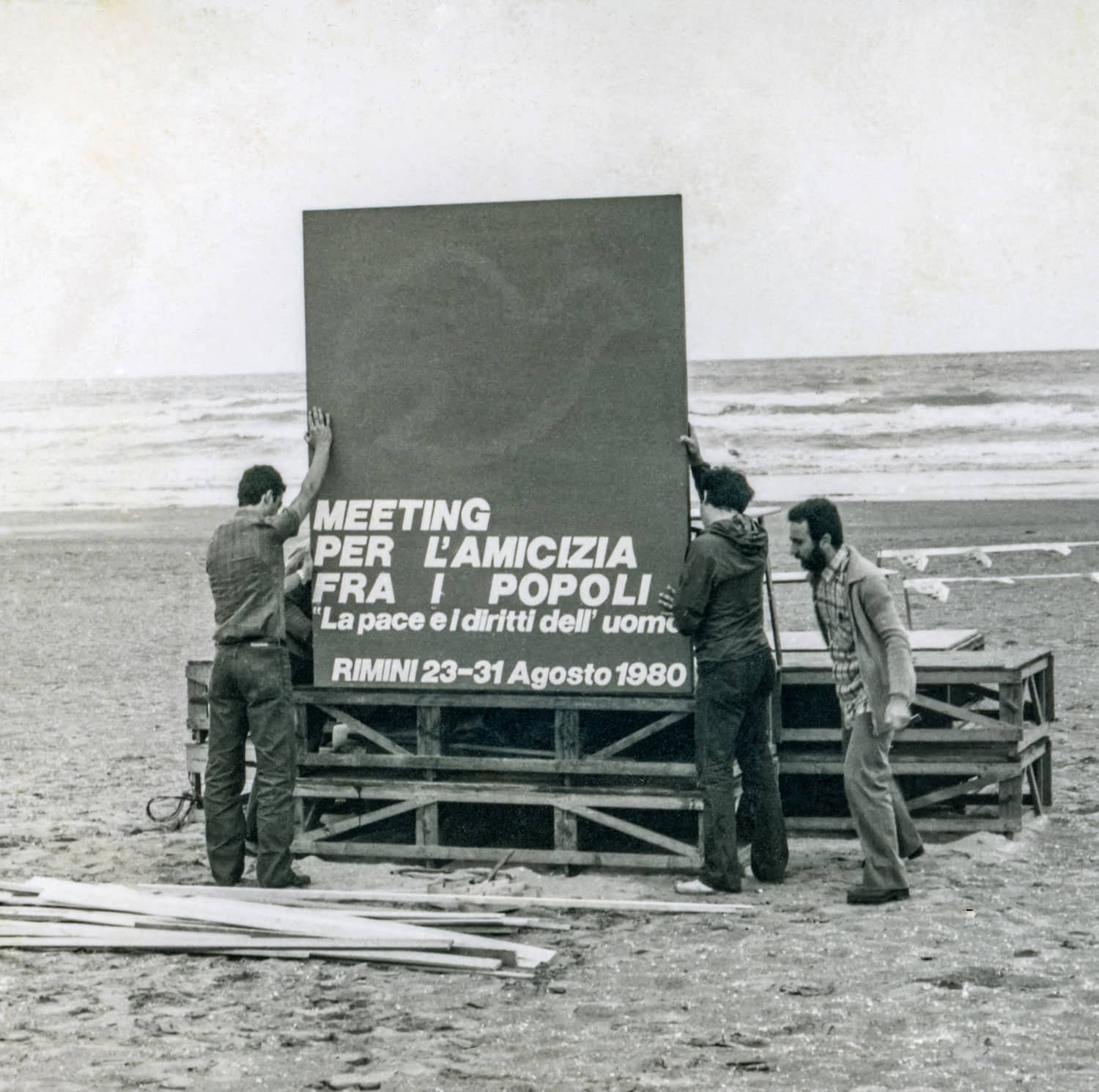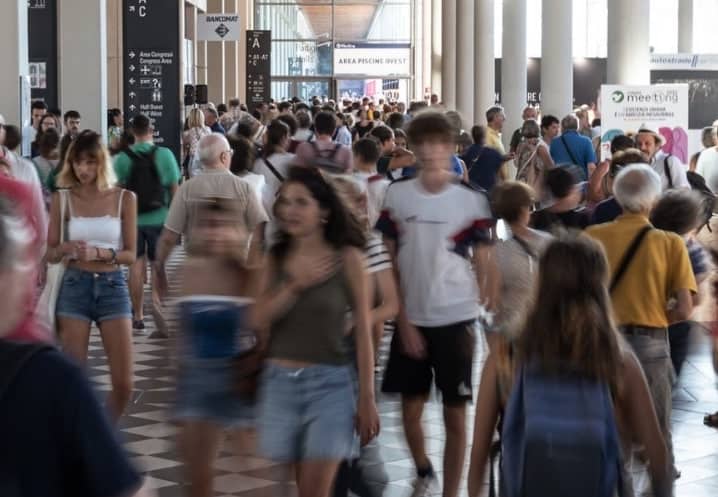The other Meeting: special effects, the basilicas of the Holy Land, family

Special effects, cinema, and animation. When you think about the essentials, the theme of this year's Meeting, cinema doesn't come to mind. Yet the Meeting also talks about this, through the stories of people who have made it their profession, and perhaps even their mission. This is the case with Alessandro Jacomini, Director of Photography for many Disney films. From Cesena, he discovered the magic of cinema with "2001: A Space Odyssey," and after some experiences, he crossed the ocean to the Studios. His craft is light, as he explained at the conference "Between Images and Lights: A Dialogue Between Cinema and Animation." As viewers, we don't always realize it, but it's the light that brings scenes to life, conveys the atmosphere, and sets the emotional tone of what an actor says. In this field, formulas don't count; it's a matter of interpretation. "Poetry is the art that most closely resembles cinema," he explains. "You have to convey a feeling through images, with lights. An interpretative art, like music. In fact, there are tones, animations, visual rhymes."
It's often a matter of chiaroscuro, confirms Michelangelo Frisoni, a digital effects artist for cinema. He too was struck at a young age by watching The Matrix at 9 years old: "I watched it, didn't understand anything, but was fascinated by how the protagonist dodged bullets. How did they do that? It all started from there," he recounts. He does the composing of a film: putting together effects on the filmed scenes. Even the grain of the image speaks. It serves to tell the movement, a story. "Because saying everything, sometimes, is saying less," he explains. "And introducing a flaw can be the choice to communicate more effectively. Making people perceive rather than see. That's how you captivate."
Light and darkness were also discussed in the meeting on the preservation of the Holy Land sites at the International Arena C3. An introduction to the Luxtenebra exhibition on the hundredth anniversary of the construction of the basilicas of agony, in Gethsemane and the Transfiguration on Mount Tabor. Architect Vincenzo Zuppardo, curator of the exhibition, participated in one of the latest restorations of the church designed by Antonio Barluzzi, the Gaudí of the Holy Land, on Mount Tabor.
"These two basilicas are opposites: Tabor is an explosion of light, totally absent in the basilica of the Mount of Olives." Here it is the light that allows entry into the mystery, to still recount what happened in these places 2,000 years ago. To make it live again today: "The memory of the essential, of something that still lives, the person of Jesus," as noted by Brother Alessandro Coniglio, professor of Old Testament Exegesis in Jerusalem.
If the stained glass window in the crypt of Tabor, thanks to a particular use of double glass, with different tones and opacities, glows with different colors depending on the time of day and the periods of the year, the light guides in the darkness of Gethsemane: "Without the illumination that was not there in Barluzzi's time, the visual center of gravity of the entire basilica is the skylight. The space is dynamically defined: as a discovery and introduction to the mystery." A symbolic value that today, accustomed to the unshaded lights of supermarkets, we increasingly struggle to grasp.
The essence of family, according to Gigi De Palo, the protagonist of the meeting organized by Tracce on the "audacity of the family," lies in the fragrance. The expression, as emphasized by the president of the Natality Foundation, former spokesperson of the Forum of Families, and father of five children, belongs to his wife, Maria Chiara. "If I placed the right amount of salt, yeast, flour, and oil here before you," he exemplifies... "would you feel hungry? But if I placed a fragrant loaf with its aroma? From there you feel the desire for bread. So, marriage, faith, family work by fragrance, not by rules." For too long, as a church, we have only focused on doctrinal issues. But "it's the fragrance that changes history."
It's his story. From the first encounter with Christ in First Communion, to the WYDs, to marriage with Maria Chiara, to political, associative, and ecclesial commitment: "I didn't start going to Mass because I was pushed at home. My mother follows a Mexican sect: there was a time of crystal therapy and magnetotherapy. I go because I encountered a beauty that I tried to deepen." Not a smooth journey, nothing linear: "Faith is fire, not made of champagne splashes."
And it's not even a matter of commitment, of skill, he adds. It's about choosing, at a certain point, whether to give life or not. Nothing rational: you find the energy because you recognize that you have been so loved, have received so much mercy that you have only this body and this life to try to give back. A love that makes you desire something beautiful, something great.
Here lies the fragrance of the Christian experience, according to De Palo. The challenge is in being able to transmit it. "I want a less victimized Catholic world, more aware of its capabilities. I want to say it here at the Meeting because that's how it should be: fresh, colorful, full of proposals and children."
What's the problem? It's not the internet, it's not the LGBT lobbies, not even Freemasonry. "It's that we can no longer tell the most beautiful story in the world. We're firing blanks. There's so much beauty to say and to give." You can see it at the Meeting.
from the podcast "L'altro Meeting", by Daniela Verlicchi











